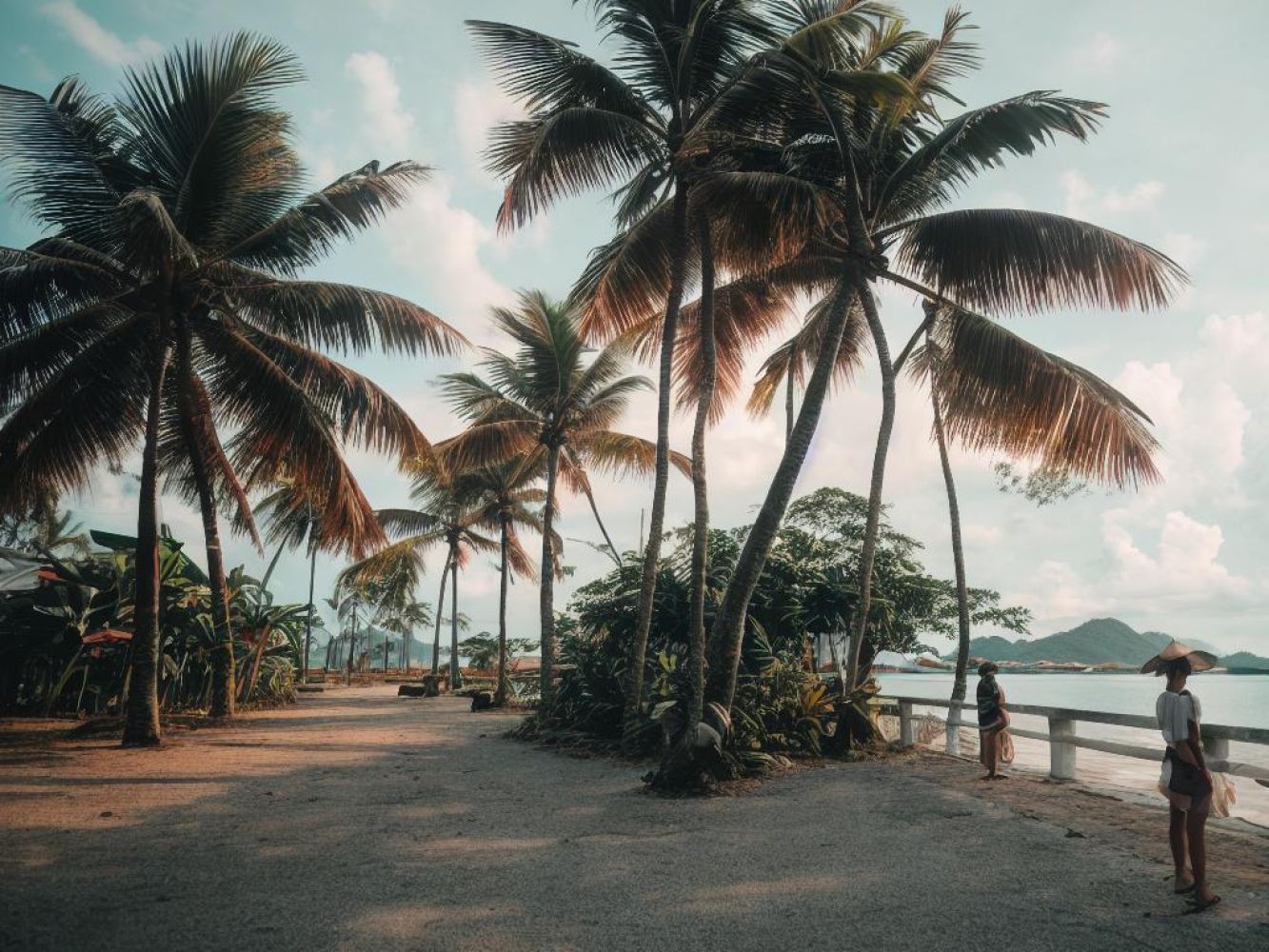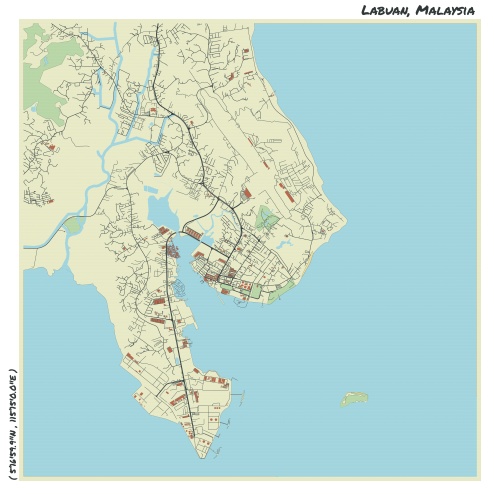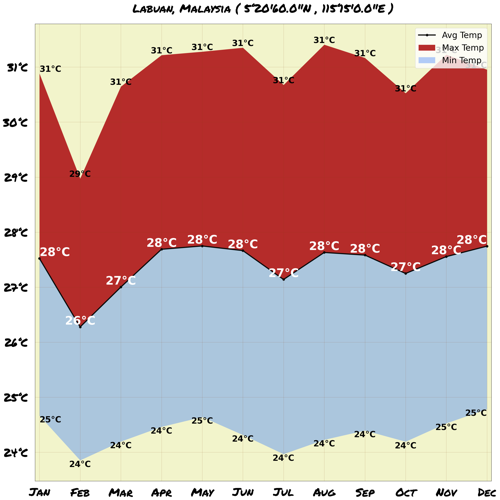Understand
The Federal Territory of Labuan, located off the northwest coast of Borneo and facing the South China Sea, is a hidden treasure waiting to be discovered. Consisting of the main island of Pulau Labuan and six smaller islands, Labuan offers a breathtaking natural landscape. Covering an area of 92 sq km, with the main island measuring 75 sq km, Labuan is an enchanting destination filled with unique wonders. Labuan is easily accessible, being only 8km or a short boat ride from Menumbok, a small fishing town in Sabah. High-speed air-conditioned ferries transport visitors daily from Sabah, Sarawak, and Negara Brunei Darussalam. Whether you are coming from Kota Kinabalu, the capital of Sabah, which is about a 3-hour trip, or from Negara Brunei Darussalam, which is just an hour away, Labuan is conveniently located and well-connected to major cities in Southeast Asia. The origins of the island's name can be traced back to the Brunei Malay word "labohan," meaning "anchorage." Labuan has had a remarkable history, being ruled by various empires throughout the centuries. The British gained control of Labuan in 1846 through strategic negotiations with the Sultan of Brunei. Ever since then, Labuan has been a crucial trading hub and was declared a free port in 1848, attracting settlers from around the world. Labuan's landscape is predominantly flat and undulating, with its highest point reaching a mere 85 meters. More than 70% of the island remains covered in lush vegetation, creating a tranquil and serene atmosphere. While agriculture has taken a backseat to property and industrial development, Labuan still retains its natural beauty and charm. The island's prime waterfront areas and suburbs have been transformed into residential and tourism centers, offering visitors a chance to experience the island's beauty up close. Additionally, Labuan's southern coast is a hub for shipbuilding and the oil and gas industries, adding to its economic importance. Labuan enjoys a tropical climate, characterized by two monsoon seasons - the South West monsoon from April to June and the North East monsoon from September to December. This allows for a pleasant climate throughout the year, free from the disruptive forces of hurricanes and typhoons. With daily temperatures averaging between 28 to 32 degrees Celsius, Labuan offers visitors an ideal escape to a tropical paradise.








Comments
NO COMMENTS